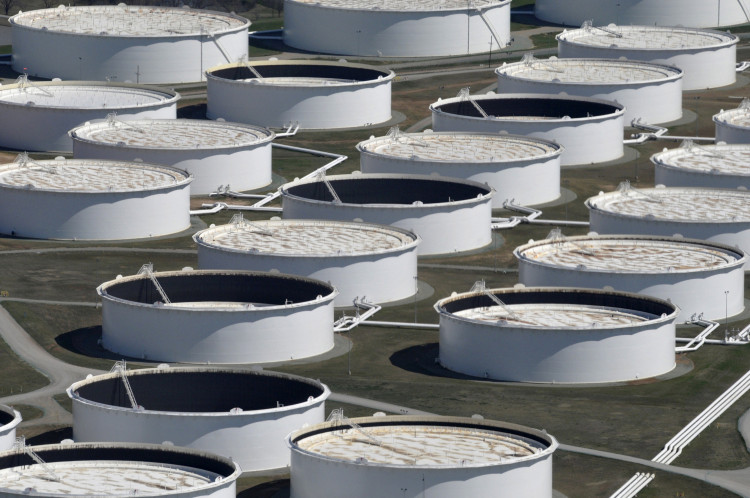Oil prices showed signs of recovery on Wednesday after a significant drop in recent weeks, as discussions within OPEC+ about potentially delaying a planned production increase spurred market optimism. Brent crude futures rose by 45 cents, or 0.6%, reaching $74.20 per barrel by mid-day GMT. Similarly, U.S. West Texas Intermediate (WTI) crude futures climbed 55 cents, or 0.8%, to $70.89 per barrel. This rebound follows a tumultuous period where both benchmarks experienced a sharp decline, with Brent crude plummeting as much as 11% in just over a week and touching a low of $72.63.
The recent sell-off had seen Brent crude drop more than $9, highlighting the volatility affecting oil markets. The dip was exacerbated by lackluster economic data from the U.S. and China, which deepened concerns about a sluggish global economy and diminishing oil demand. On Tuesday alone, benchmark oil prices had suffered a decline of over 4%.
Compounding these issues was a potential resolution to the long-standing Libyan oil export disruptions, which could bring additional crude supplies to the market. This development posed a challenge for OPEC+, which had initially planned to increase production by 180,000 barrels per day in October. However, recent market instability has prompted discussions within the group about postponing these output hikes.
"If OPEC+ does not provide reassurance that current output cuts would be extended more indefinitely, then the market could lose faith in OPEC+ defending the $70 per barrel level," warned analysts at Citi. Their note reflects the growing uncertainty surrounding OPEC+ strategies amid fluctuating oil prices.
The broader economic backdrop includes disappointing data from both major economies. Chinese manufacturing activity hit a six-month low in August, and U.S. manufacturing data, as reported by the Institute for Supply Management, remained subdued. These figures contributed to the market's anxiety about global oil demand. Additionally, the delay in U.S. inventory reports due to the Labor Day holiday has left traders waiting for crucial updates on crude and gasoline stockpiles.
U.S. crude oil prices had earlier touched a nine-month low of $69.19 before staging a recovery. The resilience seen in Wednesday's trading underscores the market's sensitivity to supply and demand dynamics. Despite the recovery, both U.S. and global oil benchmarks have lost ground in 2024, erasing earlier gains.
Giovanni Staunovo, a strategist at UBS, highlighted the weak market sentiment, attributing it to the recent supply stories and ongoing concerns about the Libyan situation. "The market reaction to these supply stories shows how weak sentiment in the oil market is currently," Staunovo noted. However, he remained optimistic about a potential recovery, predicting that Brent prices could rebound to $80 per barrel in the coming months.
The potential for OPEC+ to delay the planned output increase has created a cautious optimism among investors. Reports suggest that while eight OPEC+ members had originally planned for the production hike, the group may reconsider in light of current market conditions. "With prices now depressed, it's possible those increases will be paused," Staunovo added.






